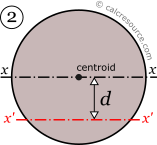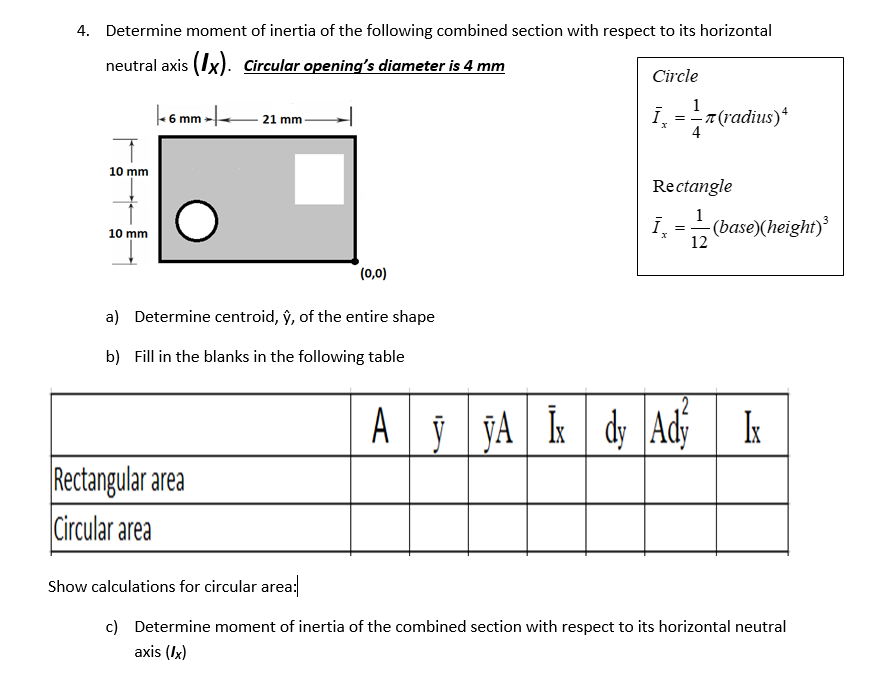

Moment is essentially the sum of the moments of individual particles (elements of integration).įor a set of particles on a line (the x-axis), the moment M a about a point a on the line is Algebraic (signed) distances are to be used in computing moments. Integral, over the given mass, of the element of mass times its perpendicular distance from the

Of the mass of each of the particles and its distance from the point, line or plane. Moment of mass about a point, line, or plane. Expressed in terms of mass these formulas becomeĭef. Where integration takes place over the volume V of the body and ρ is the density of the The x, y and z coordinates of the center of gravity of a body in space are then given by Where W is the combined weight of the n point masses. However, inĭeveloping the ideas involved we need to assume a gravitational field and will speak of theįor an assemblage of point masses in three-dimensional space as shown in Fig. Because the concept of aĬenter of mass doesn’t presume a gravitational field, many prefer that term. Same as the center of mass since weight and mass are proportional. The location of the center of gravity, or center of mass, of a body. We wish now to deal with the problem of computing The sum of the clockwise moments is given by If the sums are not equal there will be rotation. The law of the lever states that in order to haveĮquilibrium the sum of the counterclockwise torques (or moments) must be equal to the sum of Forces F 1 and F 2 produce a counterclockwise torque and forces F 3,į 4 and F 5 produce a clockwise torque. I’m pretty sure you can handle the simple integration in Equation 7 by yourself.Distances from the fulcrum. Recall that from Calculation of moment of inertia of cylinder:

Notice that the thin spherical shell is made up of nothing more than lots of thin circular hoops. Note: If you are lost at any point, please visit the beginner’s lesson (Calculation of moment of inertia of uniform rigid rod) or comment below.


 0 kommentar(er)
0 kommentar(er)
